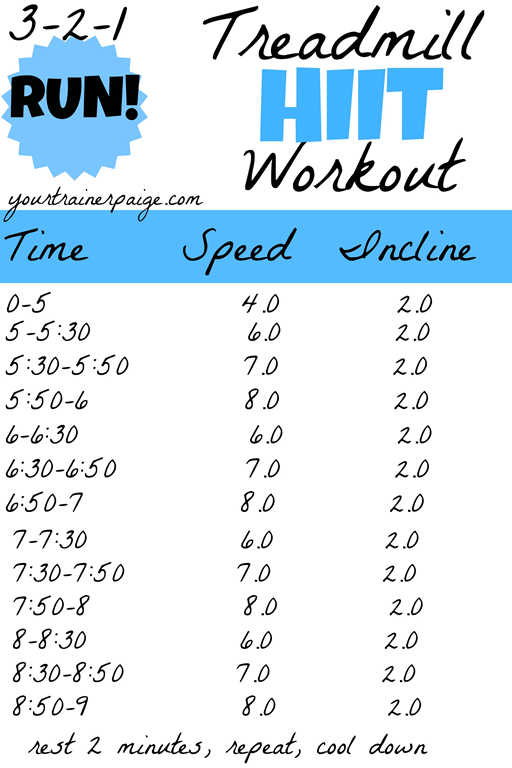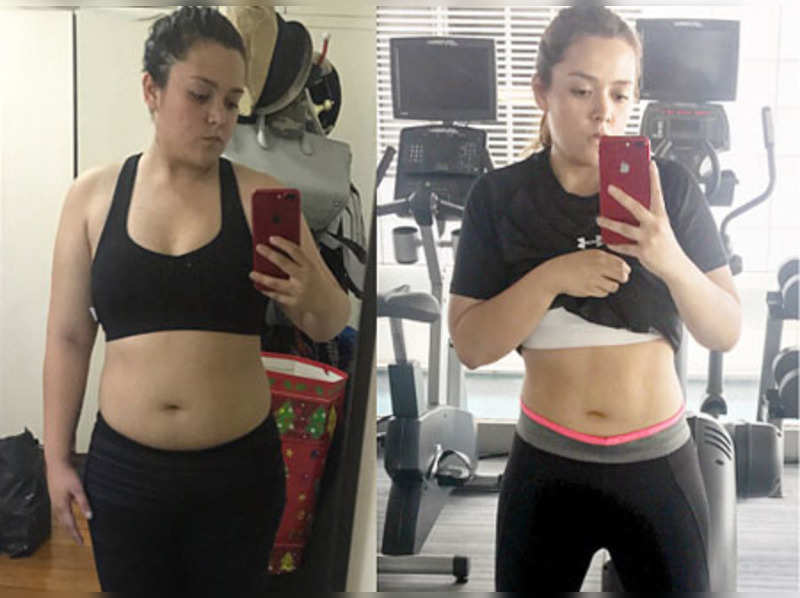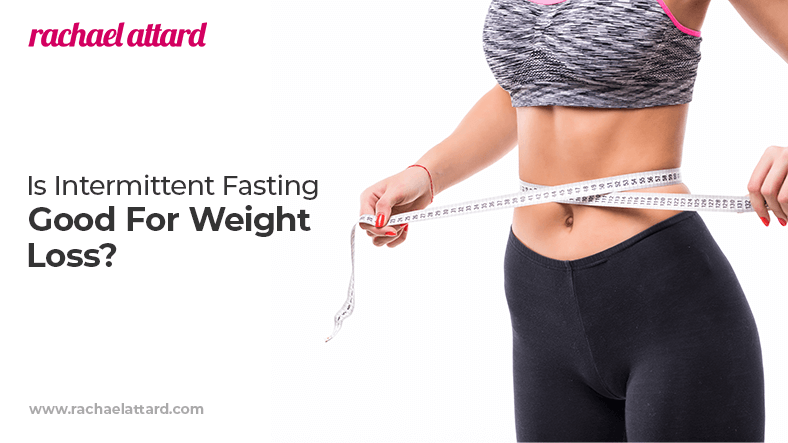
Yoga is often thought of as a way to lose calories, but many people don't believe it does. They should incorporate traditional cardio into their routine. Although they're fun and great for the heart. They are not as effective when it comes burning calories. These are some facts that will help you see the benefits of yoga for reducing calories. You might be amazed. Here's what experts have to say. You can also do some of your favourite types of yoga.
Hatha yoga
If you've been considering yoga as a way to lose weight, you've probably wondered whether it really burns calories. The truth is, it does! All forms of yoga have the potential to reduce calories. In fact, a basic one-hour class could burn up to 183 calories per hour, or even more. However, this is an average so it's important to increase your intensity to reap the maximum benefit.
Bikram yoga
Bikram Yoga is often believed to be able to lose fat and calories. However, it does not. People who engage in intense exercise often lose weight and increase their muscle mass. Studies conducted by Colorado State University indicate that hot yoga can burn between 1,000 and 1,500 calories per session. While intensity varies according to the person, an average person will burn between 300 and 460 calories in a session of hot yoga.

Power yoga
Power yoga is a new kind of yoga. Although yoga has been an established form of exercise, it can also be very challenging. Power yoga combines more asanas with shorter intervals between each pose. This creates a continuous flow of motions that can cause sweating and stretch every limb. Power yoga, like any other workout, should only be attempted by people who have a basic understanding of the body's movements as well as a high level of physical fitness.
Restorative yoga
Restorative and yoga are great for relaxing, but also burning calories. These yoga poses are designed to control your breathing and relax your muscles. It also helps lower stress levels and improve flexibility. Restorative yoga can be beneficial for chronic pain sufferers, since it reduces the accumulation of subcutaneous fat. These relaxing workouts are described in detail below. You might be surprised to learn that restorative yoga can also help you lose weight.
Kakasana
Kakasana is a cardio workout that also helps to lubricate joints, muscles, and ligaments. It also increases circulation, strengthens the core, and releases stress. To be in a supine posture, one must have flexibility and strength in the spine muscles. The supine pose requires that the legs are extended and the knees hugged to the side. If you have problems with your knees, this pose can help you alleviate them.
High lunge
High lunge is a great way to burn calories while doing yoga. This pose opens the hips and strengthens the legs. Even if your knee is injured, you can still do this pose. Just remember not to go too deep. To deepen your lunge, you can extend the heel of your back foot through your front leg. Once you're ready to move on to the next pose, try to keep your back foot from sneaking inward.

Chaturanga Dandasana
Chaturanga Dandasana (or low plank) is a plank position that can help you lose weight. The posture engages the whole core and limbs and tones the arms, back and shoulders. It is also a great exercise to help you lose weight, improve posture, and prepare for more advanced exercises.
Vinyasa yoga
The basic premise of a Vinyasa yoga class is to burn more calories than you consume. Through continuous movement and cardiovascular exercises, you can create a deficit in calories. A 90-minute class for a person weighing 155 pounds will burn about 920 calories. You can expect to lose approximately 1,098 calories if you weigh 185. You can also find shorter Vinyasa classes at most studios, even though they offer classes lasting 90 minutes.
Yin yoga
You've probably heard about Yin Yoga before. It's a type or restorative yoga where you hold a pose for a few seconds to several minutes. The deeper you can hold a pose for, the more relaxation and stretch it will produce. It is a great addition to a vigorous yoga practice or weight training program. This yoga style is great for those who feel tired or need to recover from injuries. You can even do it as part of a 30 Day Challenge if you do it right.
FAQ
What Can You Lose in One Week?
The amount of weight you can lose depends on your current body fat percentage. The first thing to do is to calculate how much weight you want to lose and then find out what your BMI (Body Mass Index) is. Your BMI tells us how much weight you should lose in order to achieve this goal. If your BMI is 25 or greater, you're overweight. If your BMI exceeds 30, you may be obese.
For example, if you weigh 200 pounds, your BMI would be calculated at 28.7. This means that you'd need to lose around 70 pounds to get down to a healthy weight range. To see if you're overweight, visit www.healthyminds.com/bmi/.
Once you know your BMI, this formula will allow you to determine how many pounds per week you'll be able to lose.
(Your Goal Weight - Current Weight)/BMI * 7 Number Of Pounds Lost Per Week
To lose 50 pounds in a month, you would need to exercise for 2 weeks. That's 56 days divided by 7 pounds per day. This equates to an average of 8.3lbs per week.
You could also try this calculator from www.weightlosscalculator.net. It will give you an approximate estimate of the calories you need to lose 1 pound each week.
What amount of exercise is necessary to lose weight?
The amount of exercise needed for weight loss depends on several factors, including age, gender, body type, and how much you weigh. Most people require moderate activity at least five days per week.
The American College of Sports Medicine recommends 150 mins of moderate-intensity aerobic exercise per week spread over three consecutive days.
For example, if you want to lose 10 pounds, aim to do 300 minutes of moderate-intensity exercise each week. This includes activities such swimming laps (brisk walking), biking, dancing and playing tennis.
You can start out by doing 20 minutes of intense activity three times a week. This could be lifting weights, sprinting, jumping rope, and fast walking.
Aerobic exercise also helps burn calories and build muscle mass. Muscle burns more calories per calorie than fat. Building muscle and losing weight can help you reach your goals faster.
How can I lose weight?
Losing weight is one of the most popular goals among people who want to look good. People desire to lose weight because they want to live longer, feel healthier, and live longer. There are many ways to lose weight, and there are different types of exercises. Cardio training, strength training yoga, pilates running, swimming and cycling are just a few of the options. Each exercise has its advantages and disadvantages. For example, if you want to burn calories, then walking would be your best option. To build muscle mass, you should consider lifting weights. This article will explain how to lose fat and what exercise to do.
What kind of diet plan should you follow when trying to lose weight? It doesn't mean you have to eat less, but it is important to avoid junk food and eat more fresh foods. At least 2200 calories is recommended daily. Your calorie intake should be reduced if your goal is to lose weight fast. This will help you lose weight faster.
If you want to know how to lose weight fast, you should start exercising. Exercise can help you lose calories and speed up your metabolism. You must combine exercise and a healthy diet to lose weight. When you exercise, you use up energy, and therefore you won't be able to eat as much. If you work out regularly, you will notice that your body starts burning fat faster than before. Regular workouts are a way to stay healthy. You stay fit and help prevent diseases like diabetes, heart disease, hypertension, and obesity.
Walking is a great way to exercise. Walking can burn around 500 calories an hour. You can burn about 1500 calories if you walk for 30 minutes each day. You will therefore lose approximately 1 pound per week. For 10 minutes, you can run or jog. Running burns around 1000 calories an hour. You should run 20 minutes each day if your goal is to lose five pounds in just three weeks.
The best way to lose weight? Combine exercise and healthy eating habits. Balance these two aspects.
Are there any side effects to intermittent fasting
Intermittent fasting does not have any known side effects. But, it is possible to experience minor side effects if you plan poorly.
If you skip breakfast, for example, you may feel constantly irritable. It is possible to experience headaches and muscle cramps.
These symptoms usually resolve within a few weeks.
What effect does intermittent fasting have on my sleep?
Intermittent fasting is a good thing for your sleep. When you skip meals, your hunger hormones increase. You might find yourself awakened at night due to your hunger hormones.
Experts suggest skipping breakfast. Experts recommend having a light snack before going to bed.
If you still wake up hungry after this snack, you can consume a small meal just before going to bed.
However, you should not overeat. You'll gain weight, not lose it.
Why would you want to lose weight before turning 40?
People over 40 should take care of their health and keep fit. It is also crucial to find ways to keep fit throughout life. This includes regular exercise, eating right, not smoking, moderate alcohol, and regular exercise.
It is also important for us to realize that our bodies will change with age. Our bones become weaker, and our muscles begin to shrink. We can slow down the aging process by taking care of ourselves.
As we age, there are many advantages to being healthy and fit. These benefits include:
-
Better sleep
-
Better mood
-
Enhanced energy levels
-
Lower risk of cancer
-
A longer life
-
More independence
-
Better sex
-
Better memory
-
Greater concentration
-
Greater circulation
-
Stronger immune system
-
Fewer aches and pains
Statistics
- According to Harvard Health, it's estimated that a 155-pound (70-kg) person burns roughly 112 calories per 30 minutes of weight training (5). (healthline.com)
- According to Harvard Health, it's estimated that a 155-pound (70-kg) person burns around 167 calories per 30 minutes of walking at a moderate pace of 4 mph (6.4 km/h) (5). (healthline.com)
- A 12-week study in 20 women with obesity found that walking for 50–70 minutes 3 times per week reduced body fat and waist circumference by an average of 1.5% and 1.1 inches (2.8 cm), respectively (healthline.com)
- Another study found that 24 weeks of weight training led to a 9% increase in metabolic rate among men, which equated to burning approximately 140 more calories per day. (healthline.com)
External Links
How To
How to quickly lose belly weight?
You should know that losing bellyfat is difficult. It takes effort and dedication. These tips will help you achieve your goals.
-
Healthy Food Healthy food is important. It is important to eat healthy foods such as fruits, vegetables and whole grains.
-
Drink Water. Drinking water helps keep your body hydrated. This will make you feel fuller and more satisfied for longer periods. Make sure you drink lots of water every day.
-
Cardio exercises can help you burn more calories and increase your muscle mass. Cardio exercises are great for building muscle mass and helping you burn more calories. They improve heart health and metabolism. Every day, do 30 minutes of cardio exercise.
-
Get enough rest. A vital part of maintaining good health is sleep. Sleep deprivation can lead to anxiety and stress, which can then cause unhealthy behaviors like smoking and overeating.
-
Reduce stress levels. Stress can cause changes in brain chemistry and hormonal levels. When we are stressed, our bodies produce cortisol, a hormone that increases hunger pangs and cravings for high-calorie foods.
-
Regular breaks are important. Take frequent breaks throughout the day. Get outside to take a walk, or take some time to rest. This gives your body and mind time to relax.
-
Avoid Alcohol Consumption. Alcohol contains empty calories and slows down digestion. Drinking alcohol is not a good option if you want to lose weight.
-
Have Fun